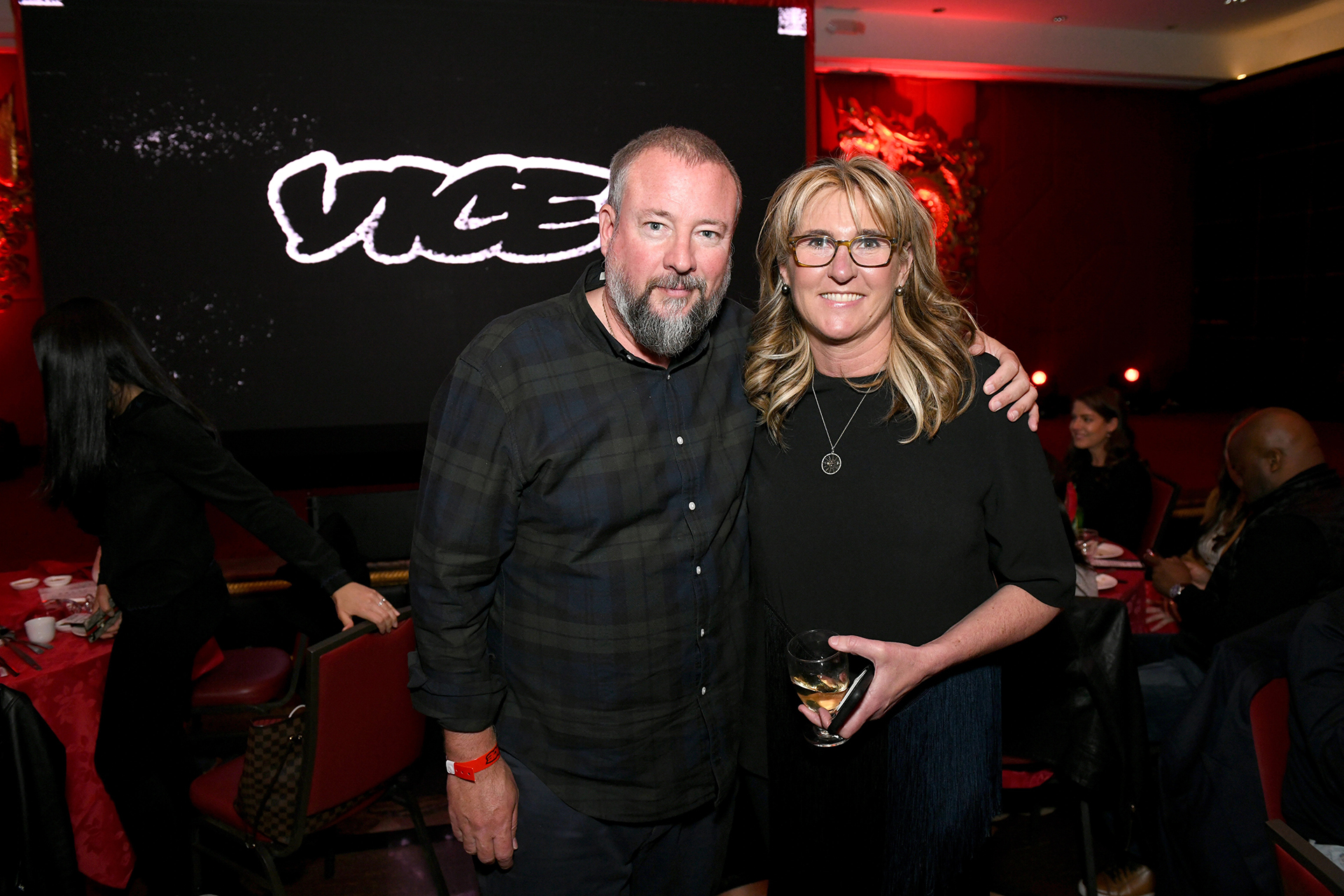Vice Media, the renowned edgy digital media behemoth once valued at $5.7 billion and known for its provocative storytelling, filed for Chapter 11 bankruptcy protection. The company has reached a deal to be acquired by a consortium of lenders, which include Soros Fund, for $225 million.
Vice had been attempting to find a buyer willing to meet its asking price of over $1 billion but was unsuccessful. As a result, the company decided to file for bankruptcy protection. A group of lenders, including Fortress Investment Group and Soros Fund Management, agreed to purchase Vice Media’s assets for $225 million. The lenders will also assume significant liabilities estimated to be between $500 million and $1 billion.
The company expressed optimism about the acquisition, stating that the court-supervised sale process would strengthen Vice and position it for long-term growth. Co-CEOs Bruce Dixon and Hozefa Lokhandwala affirmed their commitment to paying employees and vendors throughout the process while maintaining top management in place.
Vice’s bankruptcy filing follows a series of challenges and high-profile departures. Last month, the company announced layoffs across its global newsroom and closed its international journalism arm, Vice World News. It also discontinued its weekly broadcast program, “Vice News Tonight,” which had aired over 1,000 episodes since its debut in 2016.
In addition to these setbacks, Vice Media faced a newsroom reckoning over allegations of sexual harassment and misconduct. In 2017, the company fired three employees following complaints by staff members. The incident led to co-founder Shane Smith stepping down as CEO, with Nancy Dubuc, a seasoned media executive, taking over the position. Dubuc herself departed in February 2023, as the board sought buyers for the company.
Vice’s bankruptcy filing reflects the broader challenges faced by the digital media industry. The decline in digital advertising revenue and evolving audience preferences for news have significantly impacted media organizations. In recent months, several prominent newsrooms, including BuzzFeed News, NPR, CNN, ABC News, and Insider, have implemented layoffs or ceased operations.
The proliferation of digital media platforms and the shift towards online news consumption have created a highly competitive landscape. Established media outlets have faced stiff competition from new entrants, making it increasingly difficult to sustain profitability. Additionally, changes in consumer behavior and preferences have forced media companies to adapt their strategies to remain relevant and financially viable.
Despite its financial struggles, Vice Media remains committed to its brands, including Vice and Vice TV, ensuring that they will continue to produce content. The Chapter 11 bankruptcy filing does not encompass “substantially all” of the company’s international entities or its joint venture with A+E Networks. This indicates that Vice Media aims to focus on restructuring its operations and consolidating its core assets to navigate the challenging digital media landscape successfully.
Vice has submitted a legal document to the Southern District of New York, stating that it has reached an agreement with a group of lenders who previously provided it with loans. This group, known as the “Fortress Consortium,” is led by Fortress Investment Group, along with Soros Fund Management and Monroe Capital, all of whom invested in Vice in 2019. Fortress additionally lent Vice an additional $30 million this year.
Under the terms of the agreement, the Fortress Consortium will act as the main buyer in a sale process overseen by the court. This means that they have agreed to purchase Vice’s assets for a sum of $225 million, unless Vice finds another bidder willing to offer a higher amount.
In the meantime, Vice has obtained $20 million from the consortium to sustain the company’s operations until it is sold during the bankruptcy process.




